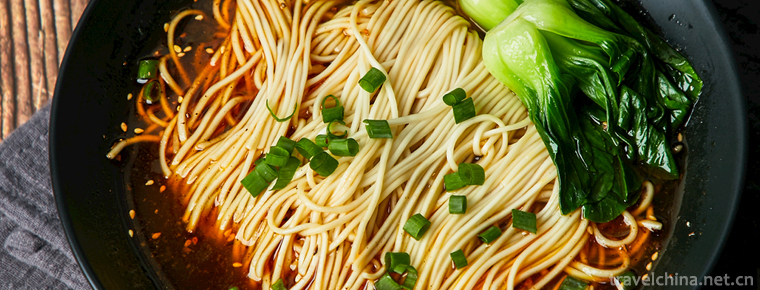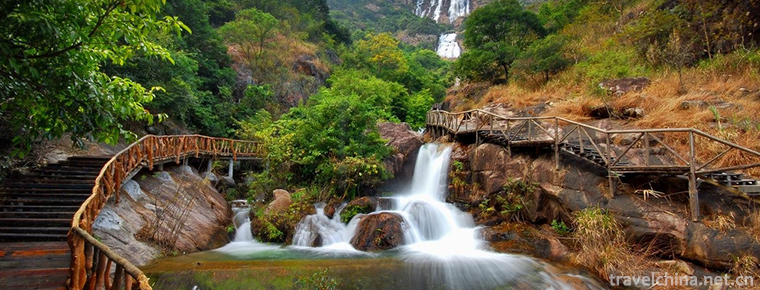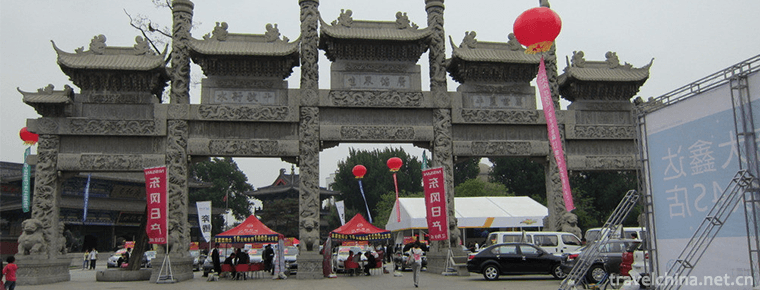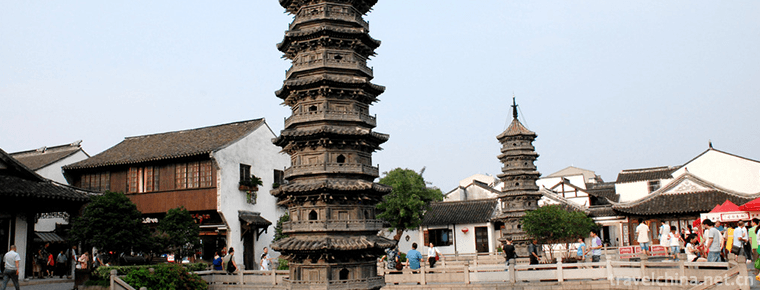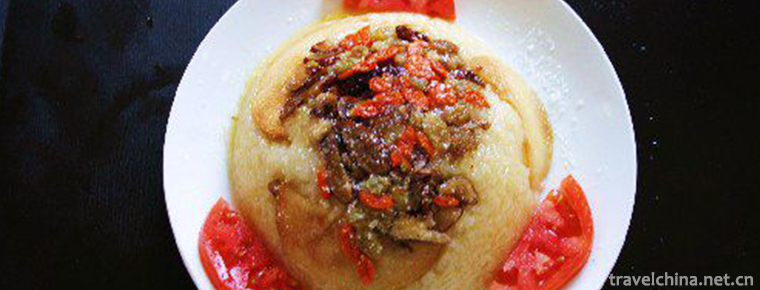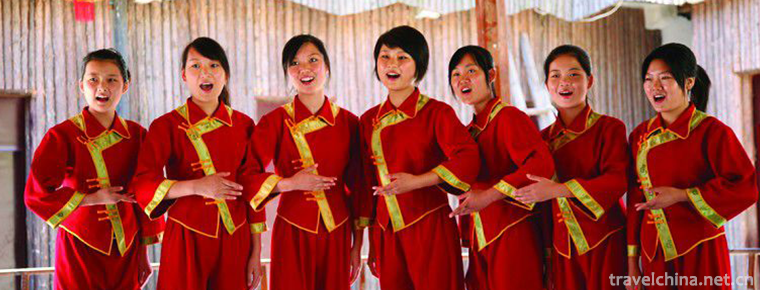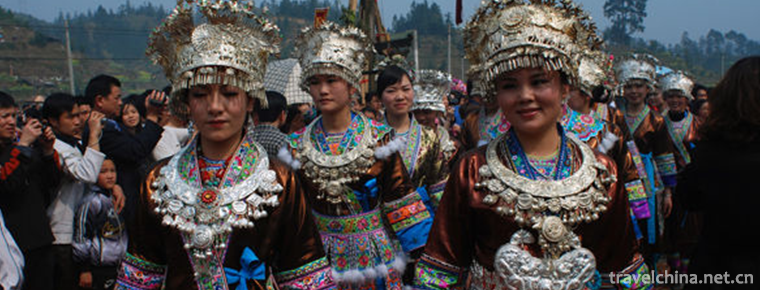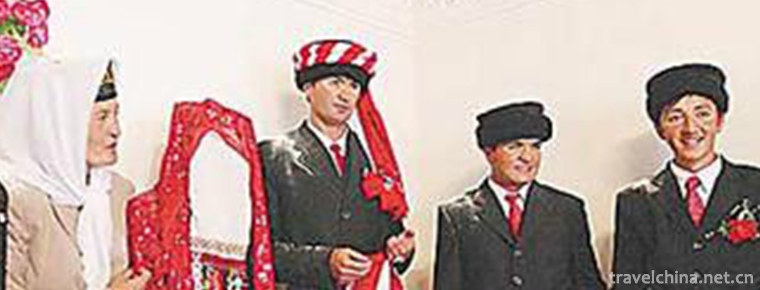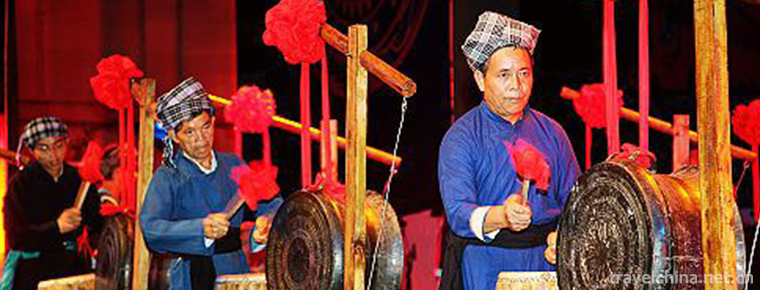Qiang sheepskin drum
Qiang sheepskin drum
Sheepskin drum dance, known as "Monasha", "Moldasha" or "Buzila" in Qiang language, is a kind of sacrificial dance performed by "Shibi" in legal activities, also known as "Dancing Classics". It is the main dance form in Qiang sacrificial activities and has distinct Qiang cultural characteristics. Sheepskin drum dance later evolved into folk dance, folk performance of sheepskin drum, the form is more free, dance language is more abundant. It vividly reflects the living conditions, religious beliefs and inner world of the ancient Qiang nationality. Sheepskin drum dancing was originally a magical dance performed by wizards when offering sacrifices to gods, exorcising ghosts, seeking blessings, returning vows and sending the souls of the deceased to heaven. The sacrifice was strictly carried out in accordance with the regulations, and the whole process of sacrifice was solemn and serious. Sheepskin drum is one of the important carriers of Qiang's "Shibi" culture and an indispensable cultural manifestation in Qiang's life and customs.
On June 7, 2008, Qiang sheepskin drum was listed in the second batch of national intangible cultural heritage list with the approval of the State Council.
Historical Evolution
Legend has it that Abamuna, the God of heaven, brought a lot of scriptures used in various places of worship. He fell asleep during the rest of his journey. When he woke up, all the Scriptures were eaten by a goat. In his anxiety, the golden monkey on the tree said to him, "The goat ate your scriptures. You will kill the goat quickly, make drums out of goat skin. When you do things, beat the goat skin drum. Wen will blurt out." As a matter of fact, Abamuna is grateful for the golden monkey. When he does things, he wears a golden monkey skin cap. Thereafter, when they worshipped monkey-head masters or practiced things, they danced "sheepskin inspiration".
Stylistic features
Basic movements
"Sheepskin Drum" dances skillfully, agilely and ruggedly, mostly in anticlockwise circles. The lead dancer wears a golden monkey leather cap, a magic stick on his left shoulder and a copper bell on his right hand. Other performers hold sheepskin drums. The number of performers is usually 6 - 8. Because the drum is big and heavy, it is hard to dance. The swing of the drum depends on the rotation of the performer's body, accompanied by the up and down knee tremor, it can dance and form a unique style. This kind of dance generally has no music, no singing and dancing accompaniment. It is composed of different sound rhythms knocked out by drums and loudspeakers. In the 1960s and 1970s, the "Sheepskin Encouragement" team from Wenchuan, Sichuan Province, performed in Beijing many times and was highly praised by Chairman Mao and Premier Zhou. With the popularization of "Shibi Cultural Studies" and "Tibetan and Qiang Guozhuang", the "sheepskin inspiration" has become more and more popular. If the Qiang people's singing and dancing is a cup of mellow wine, then the "sheepskin inspiration" is a classic epic.
Sheepskin drum dancing is usually performed by one or two wizards in the religious activities of February vows, April sacrificial meeting, the Qiang calendar year on the first day of October and praying for gods, sending gods and dispelling diseases and calamities. They wear golden monkey caps, hold canes and Panling bells, read scriptures, hold one-sided sheepskin drum handle and wave drumsticks with one hand. Dancing in the percussion, the drum sounds dull at the beginning, and the bell rings softly. In a single, slow dance step, a pious and mysterious atmosphere will soon be formed. After the "spirit possession", the rhythm began to speed up, the movement began to strengthen, squatting, jumping, swinging, and emotional excitement. It is worth noting that the drum-beating dance in the performance seems simple, but it is highly skilled. Like the famous sheepskin drum Braz, it has not only rough and steady characteristics, but also light and agile like monkeys, such as "twisting waist and turning drum", "holding drum around head", "bending legs and turning left and right", "swinging hip" and some squatting drum-beating movements, which are very difficult and exciting. In the tide, performers and viewers can enter the state of intoxication.
Prop
Although there are many props for dancing sheepskin drums, such as panbells, magic wands and so on, the most important one is single-sided sheepskin drums, which are made of sheepskin. The diameter of the drums is about 80 centimeters. On the one side of the non-stretched sheepskin, there is a cross-wooden handrail in the drum ring. The beating is handheld tightly and the jumping and turning are handy. The beating drum face is a wooden drumstick with a long foot and strange shape. Special. Sheepskin drum is not only used for beating, but also the most unique and meaningful drum in the world. It contains culture all over the body. Legend has it that when Shibi's ancestor was on his way from heaven to earth, his scriptures were written on birch bark. When he took the Scriptures out for drying, he accidentally let a white sheep steal food. Later, under the guidance of a golden monkey, he killed the sheep and then used the skin. To make drums, on the one hand to show punishment for evil goats, on the other hand to remind, it is said that the text written on birch bark in the beating will appear in Shibi's eyes. As for why sheepskin drums should be made one-sided, it is the ancestors who continue to do things for the clan after returning home. They are so tired that they sleep for a long time. When they wake up, the drums on the ground and the side touched by the ground are rotten. In this way, the single-sided sheepskin drums have the significance of inheriting history and culture, and the sheepskin drums dance with beating them become a dance full of memories.
Clothes & Accessories
The Qiang people who dance with sheepskin inspiration (at least the leader of the dance) have a special custom in their dress. They wear a golden monkey skin hat, which is a kind of costume reminiscent of ancient times. The hat is made of monkey skin, like a mountain peak, like a token strung together, mysteriously and distantly on their head. For those who perform sheepskin inspiration, the monkey skin hat is a very sacred thing. Ordinarily, the monkey skull is also worshipped on the altar. The reason for this is that the golden monkey is a benefactor of Shibi of the Qiang nationality. Legend has it that a golden monkey playing in a tree saw the whole process when the sheep ate the Scriptures secretly, and told Shibi's grandfather that he had the idea of making drums out of sheepskin to wake up his memory. In order to express his gratitude, Shibi put his skin on his head as a hat and his skull on the altar for sacrifice.
As a result, the golden monkey hat has become an important costume of sheepskin drumming, which is very cultural and mysterious. In the dance, only one hat will emit a heavy breath. Qiang sheepskin drum dance has begun to develop from sacrificial dance to group dance. It has been listed in the first batch of intangible cultural heritage in Sichuan Province. The Qiang mountain god drum has shocked people's soul. Like the Ansai gong drum in northern Shaanxi, it is spreading their voice and dance posture to the world.
Inheritance Significance
Sheepskin drum is an embodiment of the Qiang people's spiritual culture, an important material for the study of the Qiang people's history, and has very national characteristics. Therefore, sheepskin drum has unique artistic value and is an important part of Qiang culture and art.
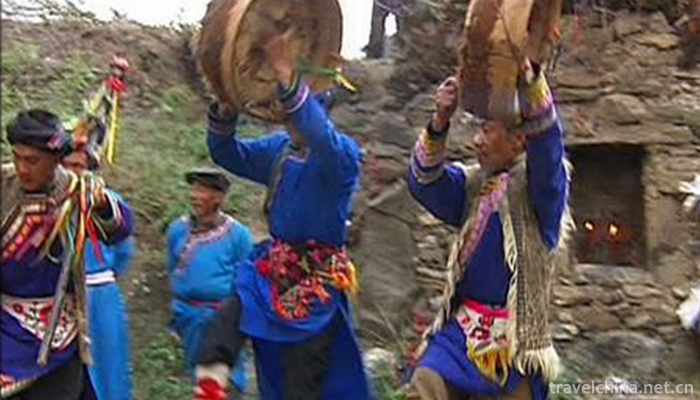
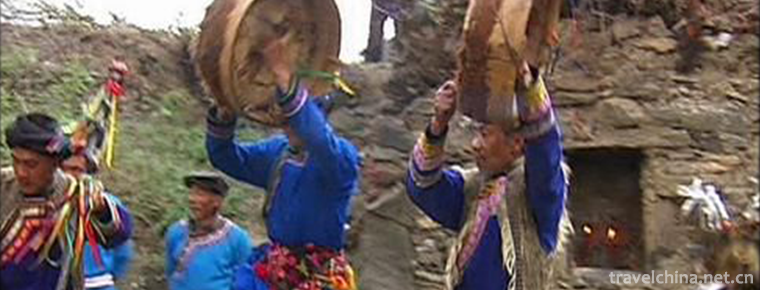
Qiang sheepskin drum
-
Chongqing small noodles
Chongqing small noodles is one of the four characteristics of Chongqing
Views: 325 Time 2018-10-12 -
Daocheng Yading County Ganzi Sichuan China
Aden Scenic Spot is located in Riwa Township, Daocheng County
Views: 591 Time 2018-10-12 -
Baishuizhai Scenic Area
Baishuizhai Scenic Spot is located in Paitan Town, Zengcheng District, with an area of about 170 meters. The Tropic of Cancer passes through it. It is known as the magnificent Emerald on the Tropic
Views: 263 Time 2019-01-02 -
Daqing Oilfield History Exhibition Hall
Daqing Oilfield History Exhibition Hall is the first original Memorial Hall in China with the theme of petroleum industry, and it is a cultural relic protection unit in Heilongjiang Province.
Views: 166 Time 2019-01-07 -
Guangyou Temple Scenic Area
Guangyou Temple is located in Liaoyang City, Liaoning Province, with Baita in the West and moat in the east. It covers an area of 60,000 square meters. The central axis of the north and south is archw
Views: 170 Time 2019-01-13 -
Nanxiang ancient town
Jiading Nanxiang Ancient Town is a national AAAAA scenic spot, located in Nanxiang Town, Jiading District, Shanghai. There are famous scenic spots such as brick pagoda, Guyiyuan, Hebi Mountain, Liuyun
Views: 141 Time 2019-02-07 -
Tongguan Yellow River Scenic Area
Tongguan Yellow River Scenic Spot is located at the famous ancient military pass-Tongguan ancient city, 140 kilometers away from Xi'an, only 20 kilometers away from Huashan
Views: 113 Time 2019-02-22 -
Eight treasures fragrant glutinous rice
Babao Xiangnuo is a famous dish in Zhejiang Province. It is cooked with glutinous rice as its main ingredient. It has the characteristics of soft glutinous rice and fragrant teeth.
Views: 242 Time 2019-03-26 -
Lv Jiahe Folk Song
Lvjiahe Folk Song is a kind of folk song which is popular in Lvjiahe Village, Guanshan Town, Danjiangkou City, Hubei Province. Located in Wudang Mountain Scenic Area, the village retains a large numbe
Views: 215 Time 2019-05-15 -
Miao Series Slope Cluster
Miao Series Slope Club refers to the festival activities of villages and villages in Rongshui County, Guangxi Zhuang Autonomous Region during the period from the third to seventeenth day of the first
Views: 161 Time 2019-06-05 -
Tajik Marriage Customs
On the Pamir Plateau, which is more than 4000 meters above sea level, there is a Tajik people living in China. This is a people who can sing, dance and hospitality. Their life is full of mystery, and
Views: 146 Time 2019-06-17 -
Twelve tunes of bronze drum
The Buyi bronze drum is one of the ancient percussion instruments of the Buyi nationality, which belongs to the precious national cultural heritage. It is made of bronze, often mixed with Suona, drums
Views: 132 Time 2019-06-21
